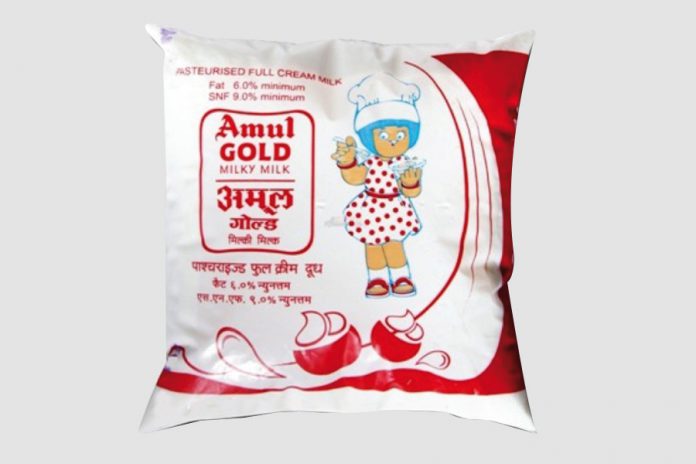Toluene is an industrial solvent that is widely used by the chemical industry. In India, a vast majority of package printers use toluene-based inks. It is estimated that 90% of the inks used in rotogravure printing, which is by far the predominant printing process used by the Indian flexible packaging industry, are based on toluene formulations. The concentration of toluene in printing inks can be as high as 40%. This is very unsafe and we explain why.
Solvent-based inks (also called liquid inks) are usually made up of 4 major components: solvents (50% – 70%), binders (15% – 30%), colorants (12% – 20%) and additives (4% – 8%). The major threats to safety in printing inks come from toluene and mineral oils.
There are two ways in which toluene can be unsafe. One is through migration into package contents and the other is by inhalation and exposure to it through handling of toluene-based inks by operators and other workers during the printing process and subsequent conversion processes.
One of the major causes of concern is a migration of ink constituents into the products contained in the package. Almost all printed structures contain a certain amount of retained solvent (in this case, toluene). This retained solvent migrates by diffusion through the package substrates and physically transfers into the product. Migrants below 1000 Dalton can penetrate human cell membranes. When a product containing migrants is consumed or comes into contact with the skin or other membranes, these migrants can get absorbed by the human cells. Most flexible packaging substrates do not possess adequate barriers to diffusion of toluene (only aluminium foil and glass are considered total barriers to diffusion; even rigid materials like PE/PP/PET/PVC used in bottles are prone to diffusion).
Toluene is known to have several deleterious and harmful effects on humans. Some of these are listed below:
Breathing difficulties
Eye and throat problems
Exhaustion
Dizziness
Hallucinations
Memory loss
Confusion
Skin irritation/Dermatitis
Suspected damage to unborn children
Ototoxicity – imbalance, the hardness of hearing/anacousia
As one can see, this list is quite frightening and it is surprising that toluene-based inks are even allowed to be used in the first place.
Admittedly, toluene has a lot of things going for it from a functional point of view. It is a very effective and cheap solvent with a low boiling, quick evaporation and faster drying properties (this leads to easier handling, lower energy consumption and faster printing speeds). It also cuts through film surfaces and enables excellent print adhesion and anchorage. However, its toxicity is too serious to accept from a safety point of view.
To an extent, the proliferation of toluene-based inks in India is due to its being cheaper and more convenient to use than other ink systems as well as its making life easier for the ink companies.
If we look at the situation in the developed countries like the USA and Europe, most print unions and workers’ unions will not even agree to run toluene-based ink formulations due to the hazards posed to their workers/operators by them.
It is only now that a few ink companies in India are offering alternative ink systems albeit at higher prices. The printing industry and brand owners must realize that this additional cost is well worth bearing in view of the hazards posed to consumers and operators.
So, technically, what are the alternative ink systems that can be used? Inks that use alternative and safer solvents can provide the solutions. These solvents could be ethanol/alcohols, ethyl acetate/esters or methyl ethyl ketone (MEK)/ketones. All of these are now being offered by the better ink suppliers.











Good info.
I was checking if i should include the “retained Toluene Level” in the COA from my supplier when i read this. Definitely will need to include and will consider talking to the management on the toluene free ink usage.
Regards